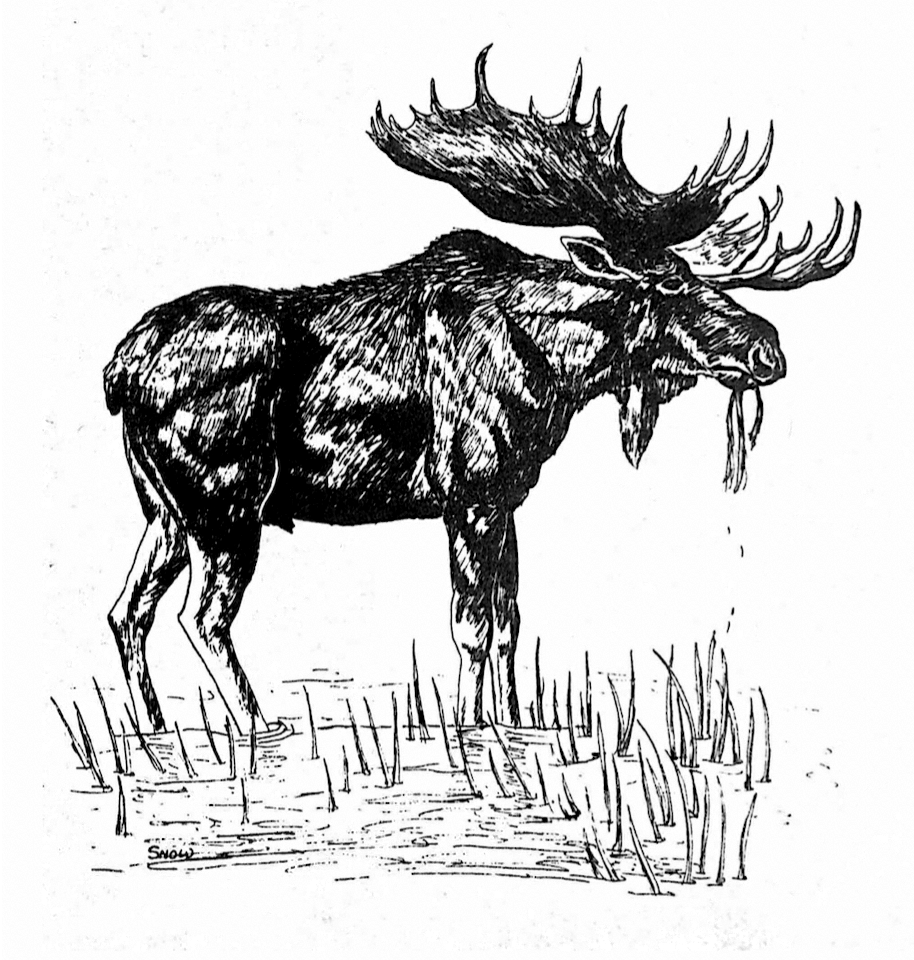Abstract
Ethnohistoric data indicate the two Indian groups regulary exploited the flora, fauna, and raw material resources of the Jackson Hole area during the early historic period: the Wind River Shoshoni (Shimkin, 1947) and the Sheepeater (Hultkrants, 1970). Others, such as the Gros Ventre of the Prairie and the Blackfoot, made periodic excursions into the region to exploit the trappers. Archeological evidence (Love, 1972; Frison, 1971a) suggests that the prehistoric occupations of Jackson Hole, on an annual, seasonl basis, extends back to about 8500-9000 B.P. Although the base of a Folsom point (ca. 10,500 B.P.) it is known from the higher elevations of the Gros Ventre Mountains (Love, 1971), the earliest archaeological material in the valley itself to the Agate Basin horizon which is well known elsewhere in Wyoming. Project Number 190.

